First of all, the Laplace Transform and the Fourier Transform spring forth from the same body of water. They are sorta the same thing, and if you have common conditions using either, they are the same thing with \$ s=j\omega \$. the unilateral Laplace transform is better for circuit problems that are defined only for \$t \ge 0\$ and have initial conditions because there is a convenient mechanism for dealing with those initial conditions at \$t=0\$ with the unilateral Laplace transform.
The bilateral Laplace transform is most like the Fourier transform (which always has a bilateral definition) with the substitution of \$s=j\omega=j2\pi f\$.
That said, the problem above can only be dealt with with the Fourier transform if the circuit, which is completely "relaxed" (having all initial conditions equal to zero) at \$t=0\$, is modeled as driven by a unit step of 1 volt, rather than a constant input of 1 volt. If the above circuit was connected to 1 volt for all time, there is no way that initial current, \$i(0)\$ can be anything other than \$i(0) = \frac{1 \text{V}}{R}\$. If \$i(0)\$ is equal to anything other than that, you must represent the input to be a step function.
Then the other problem with the Fourier Transform that the Laplace doesn't really have, is that the Fourier Transform does not converge nicely for the unit step. Through an indirect method, the F.T. of a unit step can be inferred, but it's natural with the Laplace. So with the F.T. you would have to represent the unit step as a limiting case of a function that does have a legitimate F.T.:
$$ u(t) = \lim_{\tau \to +\infty} \begin{cases}
e^{-t/\tau} \qquad & \text{ if } t \ge 0 \\
0 & \text{ if } t < 0 \\
\end{cases}$$
for a finite \$\tau\$, that has a legit F.T. and you can solve this system using the F.T. for a finite \$\tau\$, get an answer, and then let \$\tau\$ go to \$\infty\$.
